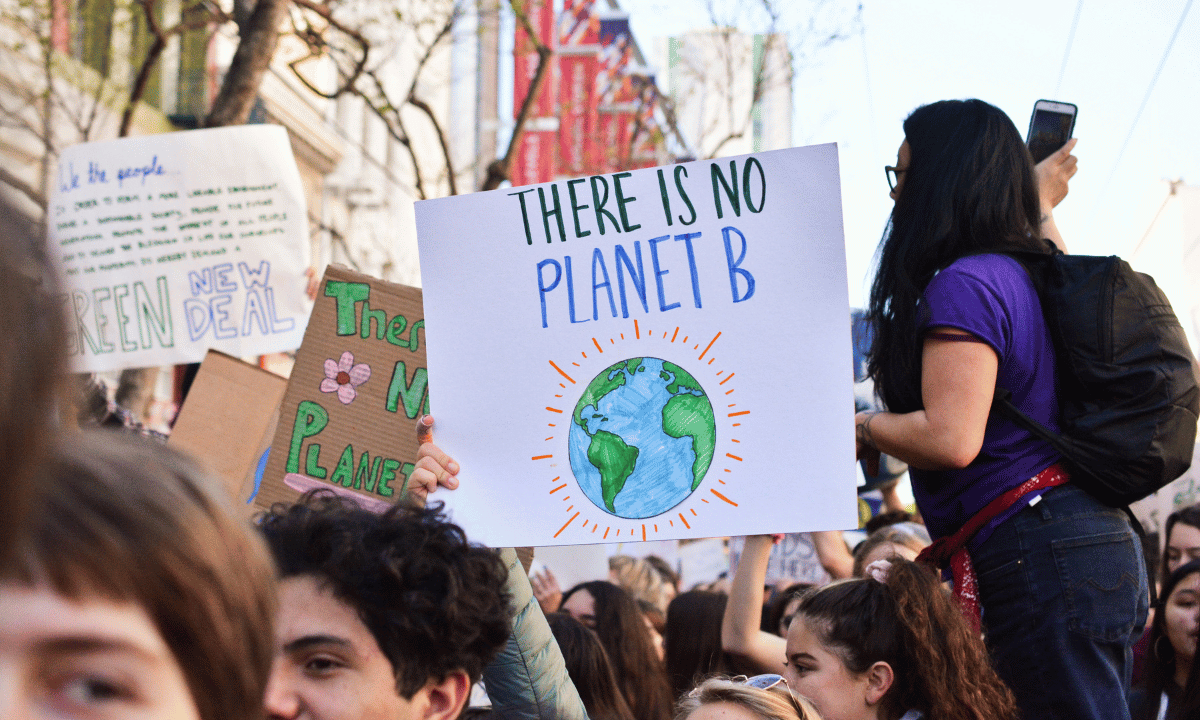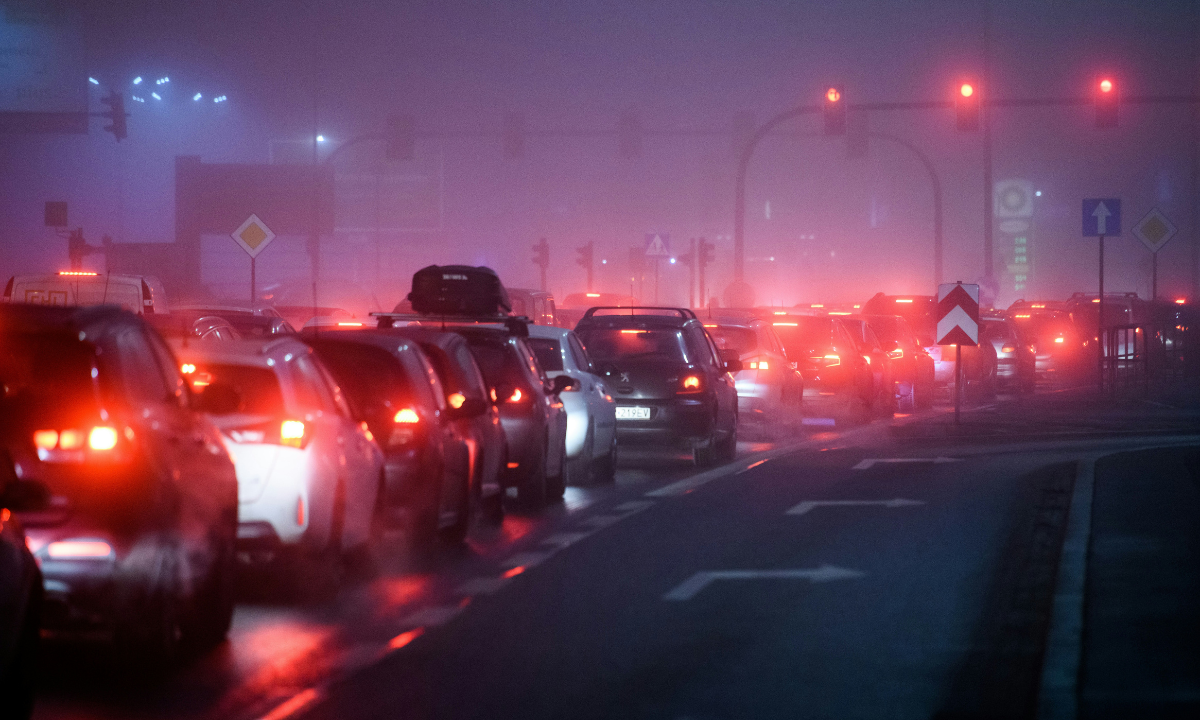Analysts have suggested that the combined impact of the Infrastructure Investment and Jobs Act (IIJA), the Inflation Reduction Act (IRA) and the CHIPS and Science Act could reduce greenhouse gas emissions by more than 40% below 2005 levels by 2030. Success at those levels, a new paper argues, will require an appreciation of the potential roadblocks that current regulations and human behavior present, along with solutions to these challenges.
Co-authored by experts in environmental studies, law, and the social sciences, “Supply, demand and polarization challenges facing US climate policies” applies insights from a variety of areas – including energy transmission regulation, consumer demand, and political polarization – to the challenges that come with implementing laws as ambitious and wide-ranging as the IIJA, IRA, and CHIPS and Science Act.
Michael Vandenbergh, David Daniels Allen Distinguished Chair in Law, Director of the Climate Change Research Network, and Co-Director, Energy, Environment and Land Use Program at Vanderbilt Law School, co-authored the paper.
“Effectively delivering on the promise of US climate policies requires an integration of relevant findings from social science, an appreciation of pressing open questions and interdisciplinary efforts to pursue that integration and appreciation,” the authors write.
The paper underscores the challenges with developing the necessary electricity transmission capabilities under current U.S. regulations, and the trade-offs that would come with easing burdens. Social science, the article argues, offers solutions to these trade-offs, including knowledge sharing strategies at the community level, training and recruitment programs, and decision-making processes to ensure fair treatment of all parties.
Consumer demand plays an important role in uptake as well. The new laws offer financial incentives for the purchase of EVs, heat pumps, rooftop solar, and other low-carbon technologies, but consumers often weigh factors like upfront costs, commitment of time and resources, and ease of use when making such decisions. The article charts the relative difficulty of these low-carbon technologies and offers other interventions to boost demand, through informational interventions and point of sale rebates.
Political polarization may also be a limiting factor in implementing these new laws, but the article points to techniques, uncovered through social science research, that can help policymakers and administrators frame efforts in ways that are less likely to polarize.
“For example, studies of state-level decarbonization bills have found that bipartisan ones tend to reduce regulatory burdens on renewable energy, expand consumer and business choice, use financial incentives and frame justice aspects in economic terms,” the authors write. “These are all features of the three federal laws.”
The article concludes with a discussion of virtuous cycles – namely, how overcoming the challenges of implementing these new laws may create momentum for decarbonization that “could eventually make it unstoppable.” Conversely, a failure to find solutions may have the opposite effect.
“With social–behavioural insights, it is possible that the new laws could catalyse virtuous cycles in the energy transition,” the authors note. “Without them, ineffective policies could breed cynicism that actively undermines the energy transition.”
“Supply, demand and polarization challenges facing US climate policies” was published in Nature Climate Change.


